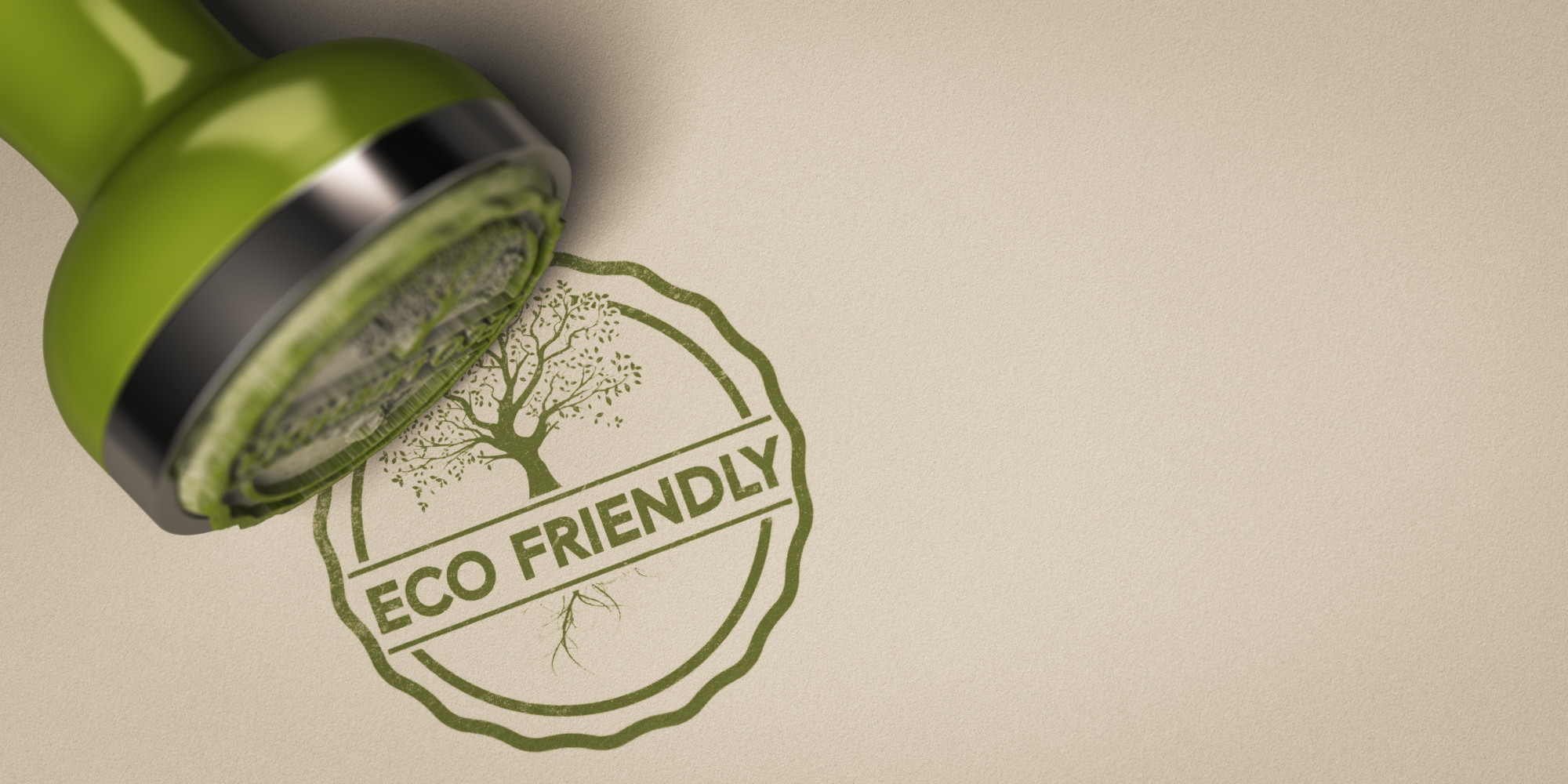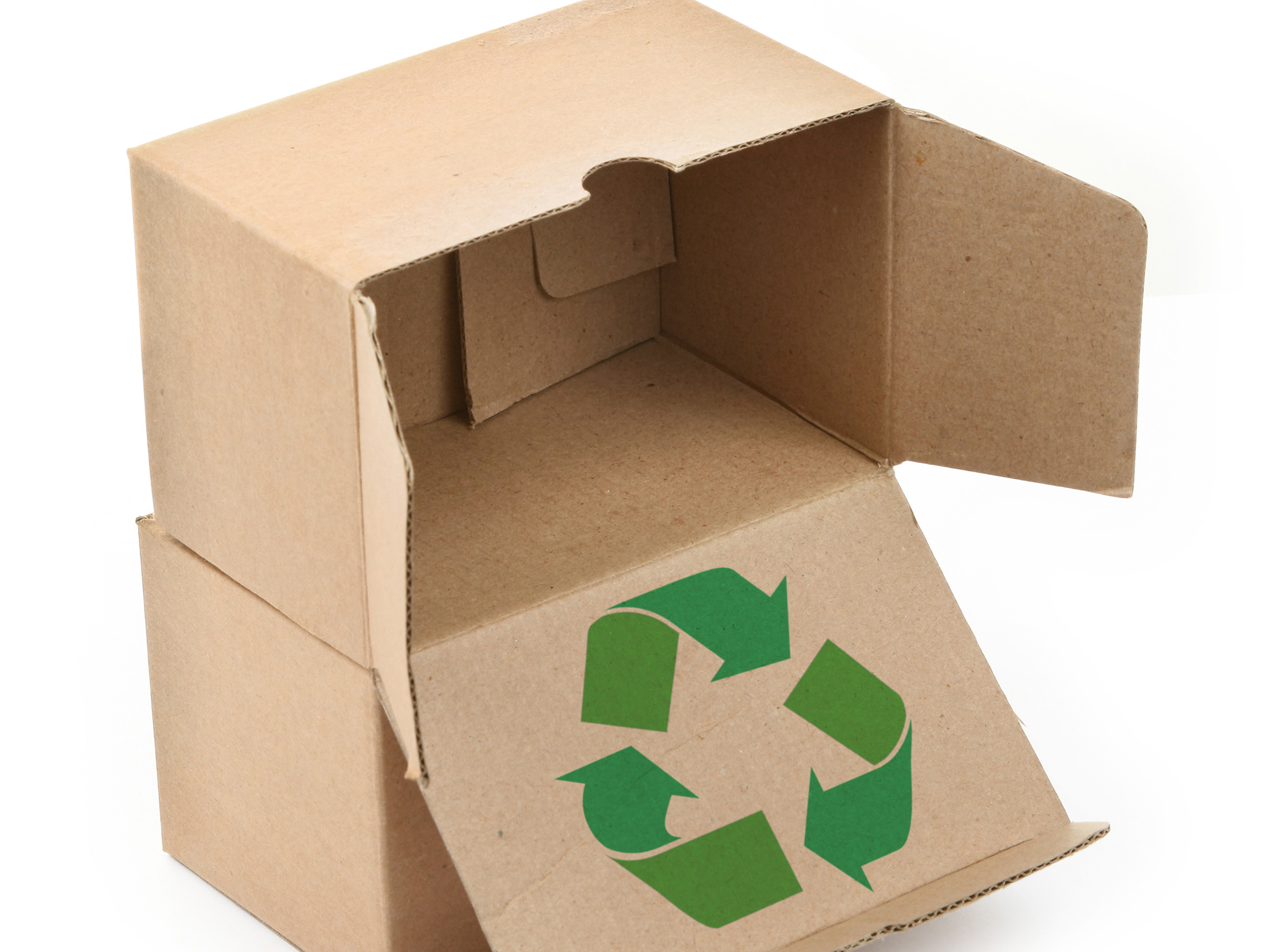
In the vast ocean of commerce, businesses are increasingly realizing that their actions have a ripple effect on the environment. As consumers become more eco-conscious, the demand for sustainable packaging options for businesses is surging. Imagine if every package you sent out was a step towards a greener planet. Wouldn't that be a story worth telling? Let's dive into the world of sustainable packaging and explore how your business can make a difference.
The Imperative of Sustainable Packaging
In today's world, corporate responsibility is not just a buzzword; it's a necessity. Businesses are under the microscope, and their green initiatives are scrutinized by consumers who want to align their purchases with their values. Sustainable packaging is more than just a trend—it's a commitment to the future.
Understanding Eco-Friendly Materials
Eco-friendly materials are the cornerstone of sustainable packaging. These materials are designed to minimize environmental impact, from production to disposal. Recyclable packaging, biodegradable options, and compostable materials are all part of this eco-friendly arsenal.
Recyclable Packaging
Recyclable packaging is a great starting point. Materials like paper, cardboard, and certain plastics can be recycled multiple times, reducing waste and conserving resources. For example, companies like TerraCycle offer innovative recycling solutions that can help businesses reduce their environmental footprint.
Biodegradable Options
Biodegradable packaging takes sustainability a step further. These materials break down naturally over time, leaving no harmful residue. Options like biodegradable plastics and plant-based materials are becoming increasingly popular. Imagine your packaging dissolving into the earth, nourishing it instead of polluting it.
Compostable Materials
Compostable materials go even further, breaking down into nutrient-rich compost that can be used to enrich soil. These materials are typically made from plant-based sources and can be composted in industrial facilities or even at home. Companies like EcoEnclose offer a range of compostable packaging solutions.
Implementing Sustainable Packaging Solutions
Now that you understand the types of eco-friendly materials available, let's discuss how to implement these solutions in your business.
Assess Your Current Packaging
The first step is to assess your current packaging practices. What materials are you using? How much waste are you generating? This assessment will help you identify areas for improvement and set a baseline for your sustainability goals.
Set Clear Goals
Setting clear, measurable goals is crucial. Whether you aim to reduce waste by a certain percentage or switch to entirely biodegradable packaging, having specific targets will keep you on track.
Source Eco-Friendly Materials
Once you have your goals, it's time to source eco-friendly materials. Look for suppliers that align with your sustainability values. Websites like Eco-Products offer a wide range of sustainable packaging options.
Educate Your Team
Educating your team about the importance of sustainable packaging is essential. Ensure everyone understands the new materials and processes. This will help foster a culture of sustainability within your business.
Communicate with Customers
Communicating your green initiatives to customers is key. Let them know about your commitment to sustainability. This transparency can build trust and loyalty.
The Benefits of Sustainable Packaging
Adopting sustainable packaging offers numerous benefits, both for your business and the environment.
Enhanced Brand Image
Consumers are increasingly drawn to brands that prioritize sustainability. By adopting eco-friendly packaging, you can enhance your brand image and attract a wider customer base.
Cost Savings
While the initial cost of sustainable packaging may be higher, the long-term benefits can outweigh the costs. Reduced waste and lower disposal fees can lead to significant savings.
Regulatory Compliance
Many regions have regulations regarding packaging waste. By adopting sustainable practices, you can ensure compliance and avoid potential fines.
Environmental Impact
The most significant benefit is the positive environmental impact. By reducing waste and conserving resources, you contribute to a healthier planet.
Case Studies: Successful Green Initiatives
Let's look at some real-world examples of businesses that have successfully implemented sustainable packaging.
Patagonia
Patagonia is renowned for its commitment to sustainability. The company uses recycled materials in its packaging and has implemented a robust recycling program for its products.
IKEA
IKEA has set ambitious sustainability goals, including using only renewable or recycled materials by 2030. The company has already made significant strides in reducing packaging waste.
Lush Cosmetics
Lush Cosmetics is known for its minimal packaging and use of recycled materials. The company's commitment to sustainability has resonated with consumers, contributing to its success.
Overcoming Challenges
Implementing sustainable packaging is not without its challenges. Here are some common obstacles and how to overcome them.
Cost
The initial cost of sustainable materials can be higher than traditional options. However, the long-term benefits, including cost savings and enhanced brand image, often justify the investment.
Availability
Finding the right suppliers can be challenging. Research and networking can help you identify reliable sources of eco-friendly materials.
Customer Perception
Some customers may be skeptical about the effectiveness of sustainable packaging. Educating your customers about the benefits and your commitment to sustainability can help overcome this challenge.
Conclusion
Sustainable packaging is not just a trend; it's a necessity for businesses that want to thrive in an eco-conscious world. By understanding eco-friendly materials, setting clear goals, and communicating your initiatives, you can make a significant difference. The journey towards sustainability is not always easy, but the rewards—for your business and the planet—are immense.
So, are you ready to take the plunge into sustainable packaging? The future of your business and our planet depends on it.
FAQs
What are the most eco-friendly packaging materials?
- The most eco-friendly packaging materials include recyclable paper and cardboard, biodegradable plastics, and compostable materials made from plant-based sources.
How can I reduce packaging waste in my business?
- You can reduce packaging waste by assessing your current practices, setting clear sustainability goals, sourcing eco-friendly materials, and educating your team and customers.
What are the benefits of sustainable packaging for businesses?
- The benefits include enhanced brand image, cost savings, regulatory compliance, and a positive environmental impact.
How can I communicate my green initiatives to customers?
- You can communicate your green initiatives through transparent marketing, social media campaigns, and direct communication with customers.
What are some successful examples of businesses using sustainable packaging?
- Successful examples include Patagonia, IKEA, and Lush Cosmetics, all of which have implemented robust sustainability programs.


Posting Komentar